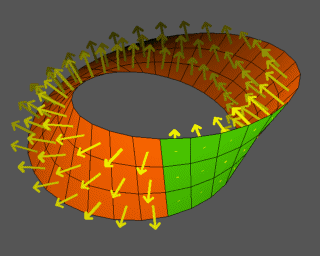
| CLOSED LOOP INTERVAL ONTOLOGY The Digital Integration of Conceptual Form |
 |
 |

| TzimTzum/Kaballah | Loop definition | Home | ORIGIN |
|
Please sign in or register
|
|||||||||||||||||||||||||||||||||||||||||||||||||||||||||||||||||||||||||||
|
Theme Real number line Note
|
|||||
|
|
|||||
|
|||||



